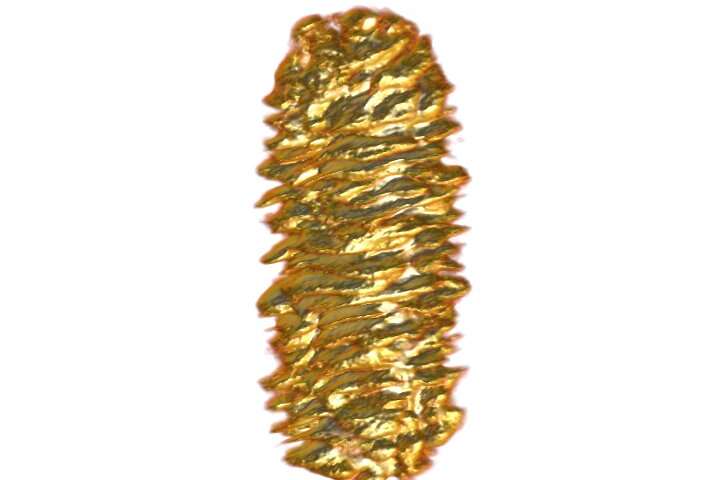Led by the Ikerbasque professor Luis Liz-Marzán,
researchers at the Centre for Cooperative Research in Biomaterials
CIC biomaGUNE have developed a mechanism by which gold atoms are
deposited by means of chemical reduction onto previously formed
gold nanorods to produce a quasi-helicoidal structure (the
particles acquire chirality). This geometry enables these
“nanoscrews” to interact with circularly polarized light much more
efficiently than what is achieved with any other known object.
These properties could lead to the detecting of biomolecules in a
very selective and very sensitive way. What we have here is a
versatile, reproducible mechanism that is scalable for the
fabrication of nanoparticles with strong chiral optical activity.
This piece of research has been published in the prestigious
scientific journal Science.




